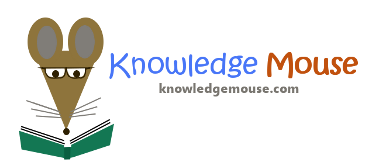
When you're ready to print, just click this button: Make Print-Friendly
Skeletal System
-
Sculptor (osteoclasts)A. hollows bone B. deposits bone on outer surface C. resorption D. In long, irregular, and short bones E. In flat bones of skull
-
Builder (osteoblasts)A. deposits bone on outer surface B. Osteocytes C. Occurs at the epiphyseal disc D. hollows bone E. Mature into osteocytes
-
Osteoclasitc activity is calledA. regrowth B. resorption C. regenerated D. invade cartilage E. Replacement of old (or injured) bone tissue with new bone tissue
-
Bones Growing Taller/LongerA. Affected by hormones B. Happens throughout lifetime C. Balance of bone resorption and deposition D. Occurs at the epiphyseal disc E. None of the above
-
What are the 3 components of bone remodelling
-
What are benifits of bone remodelling
-
How does bone remodelling occour

Skeletal System (Answer Key)
-
Sculptor (osteoclasts)A. hollows bone B. deposits bone on outer surface C. resorption D. In long, irregular, and short bones E. In flat bones of skull
-
Builder (osteoblasts)A. deposits bone on outer surface B. Osteocytes C. Occurs at the epiphyseal disc D. hollows bone E. Mature into osteocytes
-
Osteoclasitc activity is calledA. regrowth B. resorption C. regenerated D. invade cartilage E. Replacement of old (or injured) bone tissue with new bone tissue
-
Bones Growing Taller/LongerA. Affected by hormones B. Happens throughout lifetime C. Balance of bone resorption and deposition D. Occurs at the epiphyseal disc E. None of the above
-
What are the 3 components of bone remodellingReplacement of old (or injured) bone tissue with new bone tissue,Balance of bone resorption and deposition,Happens throughout lifetime,
-
What are benifits of bone remodellingExercise/heavy loads = stronger bone,Resistant to fracture
-
How does bone remodelling occourOsteoclast – attaches to bone surface, acids dissolve bone minerals, tunnel is formed, calcium enters cell via endocytosis and exit into bloodstream via exocytosis, then they leave the bone.Osteoblasts – move in to rebuild the bone in the area

When you're ready to print, just click this button: Make Print-Friendly
